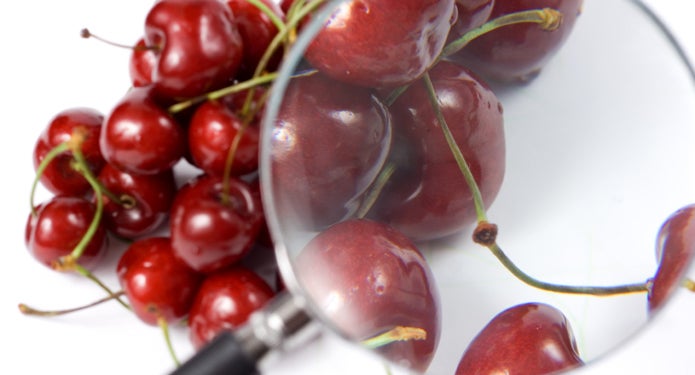As a Dietitian, I always smile when I hear people say: “Eat this food. It contains as much iron or more than this other food…” Consuming food based on comparing two different sources of the same nutrient does not guarantee your body is absorbing what you think. The concept is simple but hard to measure: bioavailability. It is the amount of vitamins or minerals available in a given food. It not only related to the amount in the food itself, but also to the amount absorbed and used by the body. In other words, bioavailability is the percentage of a nutrient absorbed by the intestinal mucosa. It is quite simple to determine the amount of nutrients a specific food contains. However, it is very complex to determine what the bioavailability of those nutrients is, because so many factors are involved:
- Efficiency of digestion and the digestive transit time of the food
- Other food consumption preceding the intake of a given food
- Nutrient composition of other food eaten at the same time
- Preparation method (cooked, raw, pureed)
- Source of the vitamin or nutrient in question (animal, vegetable, synthetic)
Therefore, two different sources of iron will not have the same bioavailability, for example hemp seed versus beef steak. Same for calcium in broccoli versus calcium in dairy products, the absorption percentage by the intestine is totally different. In order to give you a concrete example, here is a table describing the bioavailability of different sources of calcium:
| Food | Portion | Average content of calcium (mg) | Percentage absorbed by the organism (%) |
| Milk or yogurt, whole, 2 %, 1 %, skimmed | 250 ml (1 c) | 300 | 32.1 |
| Cheddar cheese | 42 g | 303 | 32.1 |
| Broccoli | 125 ml (1/2 c) | 35 | 61 |
| Spinach | 125 ml (1/2 c) | 115 | 5.1 |
| Orange juice with calcium citrate malate | 250 ml (1 c) | 300 | 36.3 |
| Soy beverage (fortified with tricalcium phosphate) | 250 ml (1 c) | 300 | 24 |
| Soy beverage (fortified with calcium carbonate) | 250 ml (1 c) | 300 | 21.1 |
Source: savoirlaitier.ca
It is important to know some nutrients will act as activators or inhibitors of bioavailability. For example, Vitamin C is an activator of iron’s bioavailability. Drinking a glass of orange juice with an iron tablet will increase the absorption.
Of course, some will promote their agenda, saying their product “contains more iron than…”. But remember this word: bioavailability. It will allow you to maintain your objectivity and to make informed choices!

























